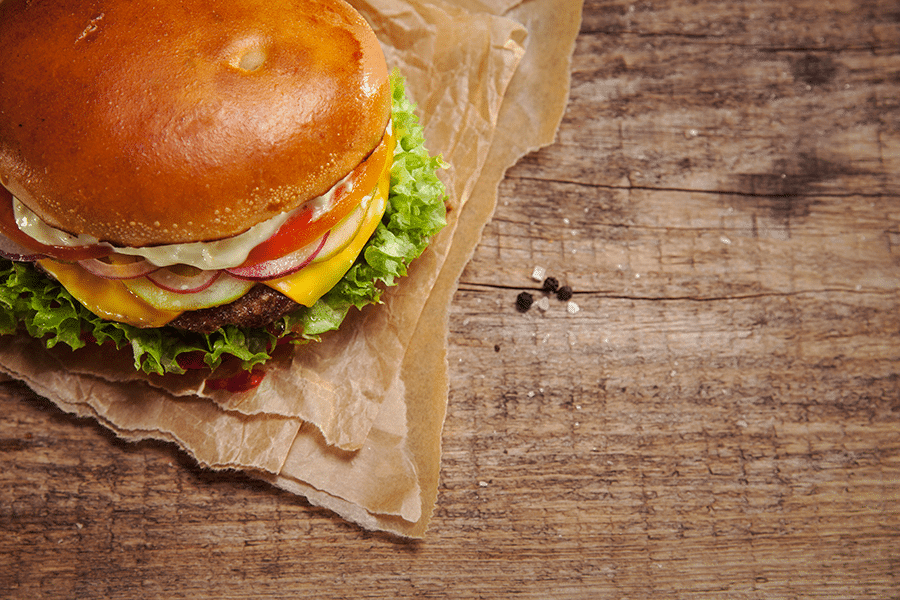The debate over fossil fuels has dominated headlines about climate change for so long that a silent culprit has remained relatively overlooked: animal agriculture. As Asian incomes rise and prosperity grows, the region has overtaken the US and Europe as the world’s biggest meat producer, as well as carbon emitter.
Accounting for 18 percent of global greenhouse gas emissions – more than those of the combined exhaust fumes of all transport, at 13 percent – mounting evidence now reveals that animal agriculture has a more significant impact on the environment than previously thought.
Deforestation, land and water degradation, waste and harmful gas emissions are the chilling results of raising animals for food, causing a devastating effect on many of our ecosystems and consequently making our livestock sector the second largest contributor to human-made greenhouse gas emissions after the energy sector.
The driving force behind this issue? Our world’s super-sized appetite for meat.
In udder news
Propelled by income growth, a rapidly growing population and a rise in urbanisation, the booming demand for meat has led to large increases in global livestock production, particularly cattle raised for beef and dairy, which is more resource-intensive. Raising cattle for food makes up an astounding 65% of all livestock emissions.Unsurprisingly, with highly diverse income levels, demographics, dietary preferences and food spending across Asia Pacific, the region now accounts for 40 to 50 percent of global meat production and this ongoing appetite is only projected to accelerate to meet rising urban populations and the emergence of new middle-class consumers.

Global food demand could double by 2050, largely driven by China, India and other Asian countries.
worldwide population defined as “middle class” or “rich” is expected to reach 5.3 billion
70 million hectares of land would be needed by 2050
At this rate, global food demand could double by 2050,
largely from the developing economies of China, India and other Asian
countries. Annual meat production is forecasted to increase 72
percent from 218 million tonnes in 1997-1999 to 376 million tonnes by 2030.
Not only will this surge place mounting
pressure on our food systems and cause further disruption to our environment,
but it will also become increasingly challenging to provide the population with
safe, nutritious and affordable food.
Tasting the future one fake beef burger at a time
Underestimating the impact of animal-based production systems means we are also underestimating how much needs to be done to combat climate change. Providing Asia and the rest of the world with safe, nutritious and affordable food requires a fundamental change in our consumption habits, making a conscious shift towards more sustainable approaches.Continuing meat consumption at current rates will have a devastating impact on our planet.
Making the impossible
possible, in 2016, the United States-based Impossible Foods engineered a
meatless burger that is not only healthier, but comes without the destructive
impact of livestock. By using all natural ingredients and one magic
ingredient called heme, the
scientists behind this revolution were able to push the boundaries of new
technologies and food security without compromising on the core elements of
beef.

The rise and rise of Asia’s growing
consumer conscience is creating business opportunities closer to home as well,
with David Yeung from Hong Kong’s Green Common credited with helping to change
the way that Asia thinks about food.

“We know what people crave in Hong Kong; this
is where we can add value by translating these products for the Asian palette,”
Yeung told CNBC recently.
Yeung has pioneered the “flexitarian”
movement with his promotion of Green Monday – a startup that promotes simple,
low-carbon, sustainable living – in Hong Kong, which has the highest per-capita
consumption of meat and seafood in the world, according to Euromonitor. His
Beyond Meat’s 100% plant-based products are now found at restaurants and in
supermarkets across the region.
Yet, despite these profound changes and a
shift in attitudes towards a meatless future, meat is still king, remaining
largely ingrained in diets across many communities in the world. The food and
agriculture system will continue to face significant challenges, but one thing
is clear: the
world cannot continue to consume meat at such alarming rates without a
devastating impact to our planet.
